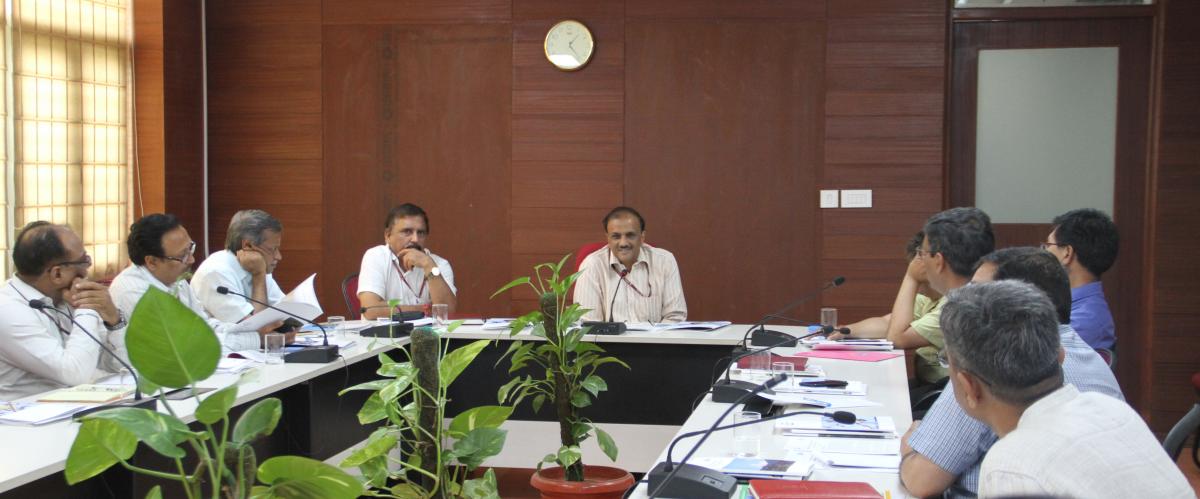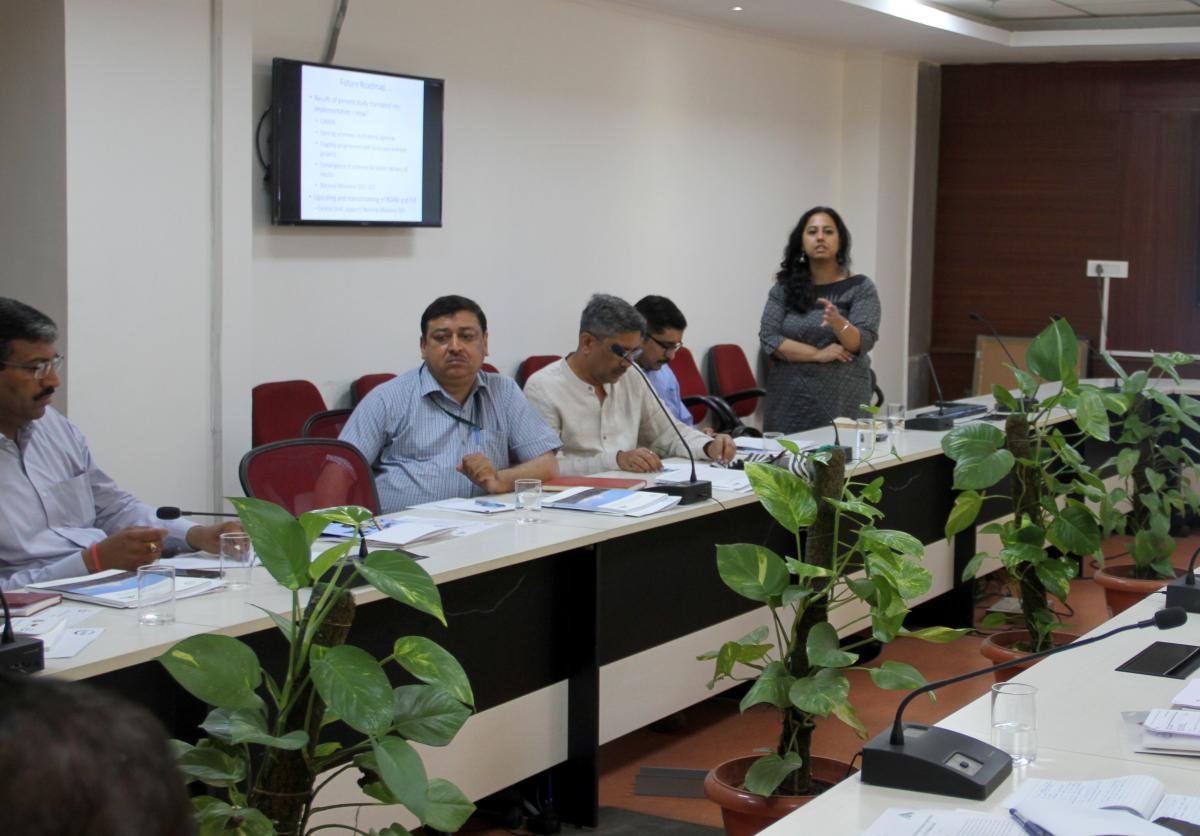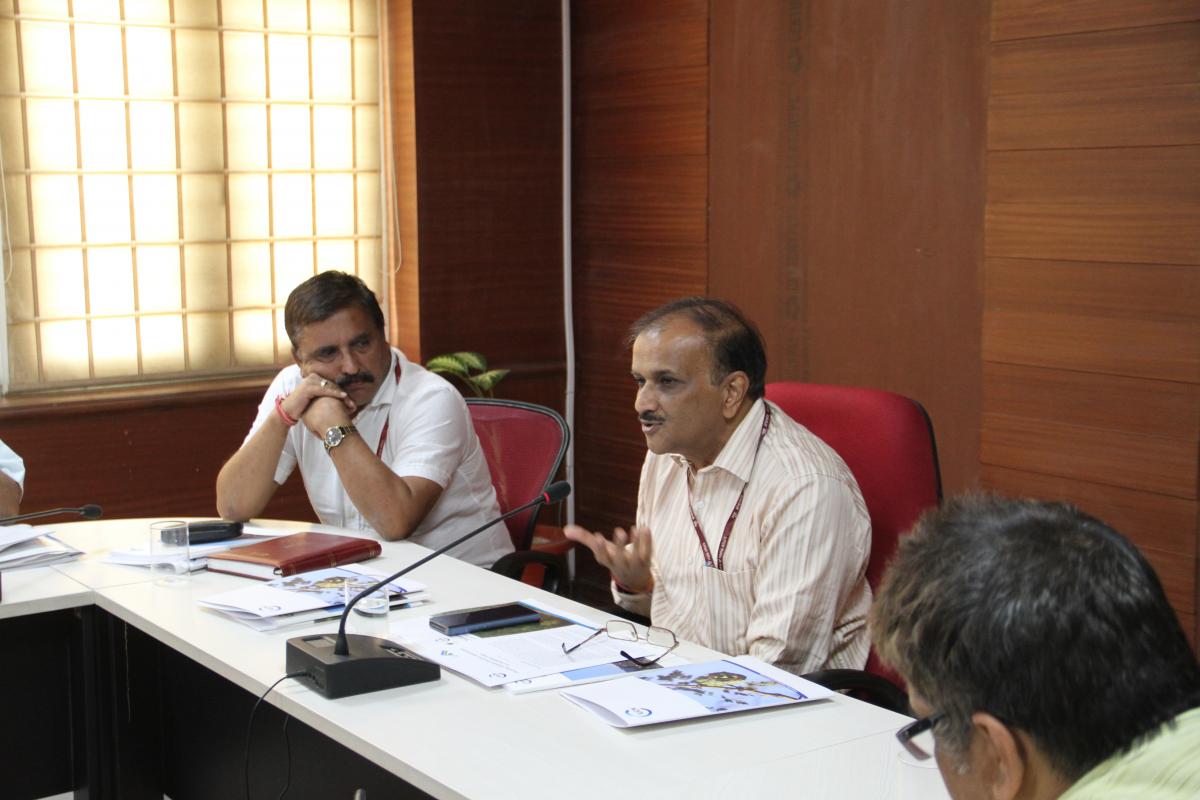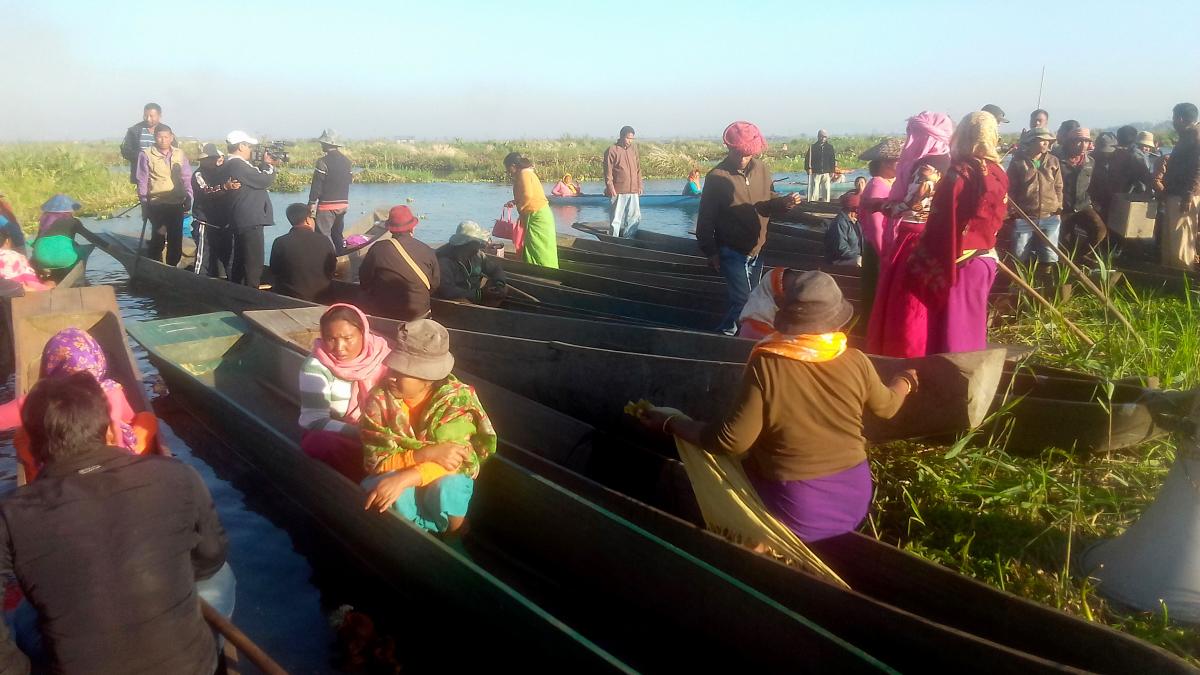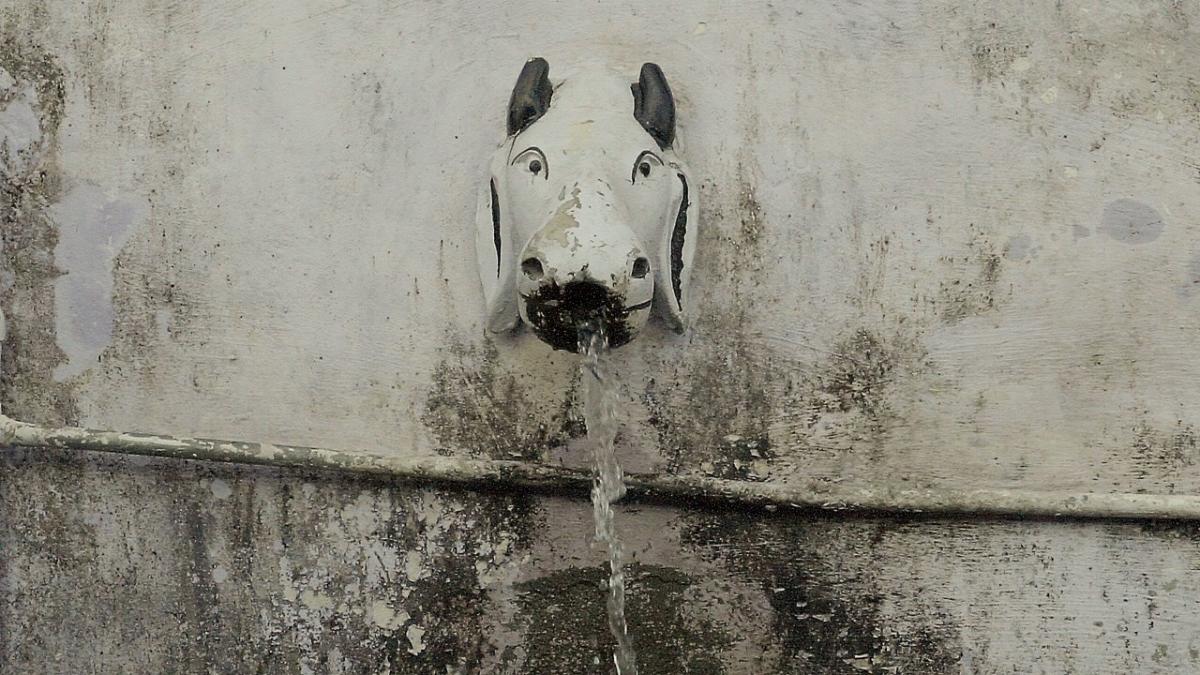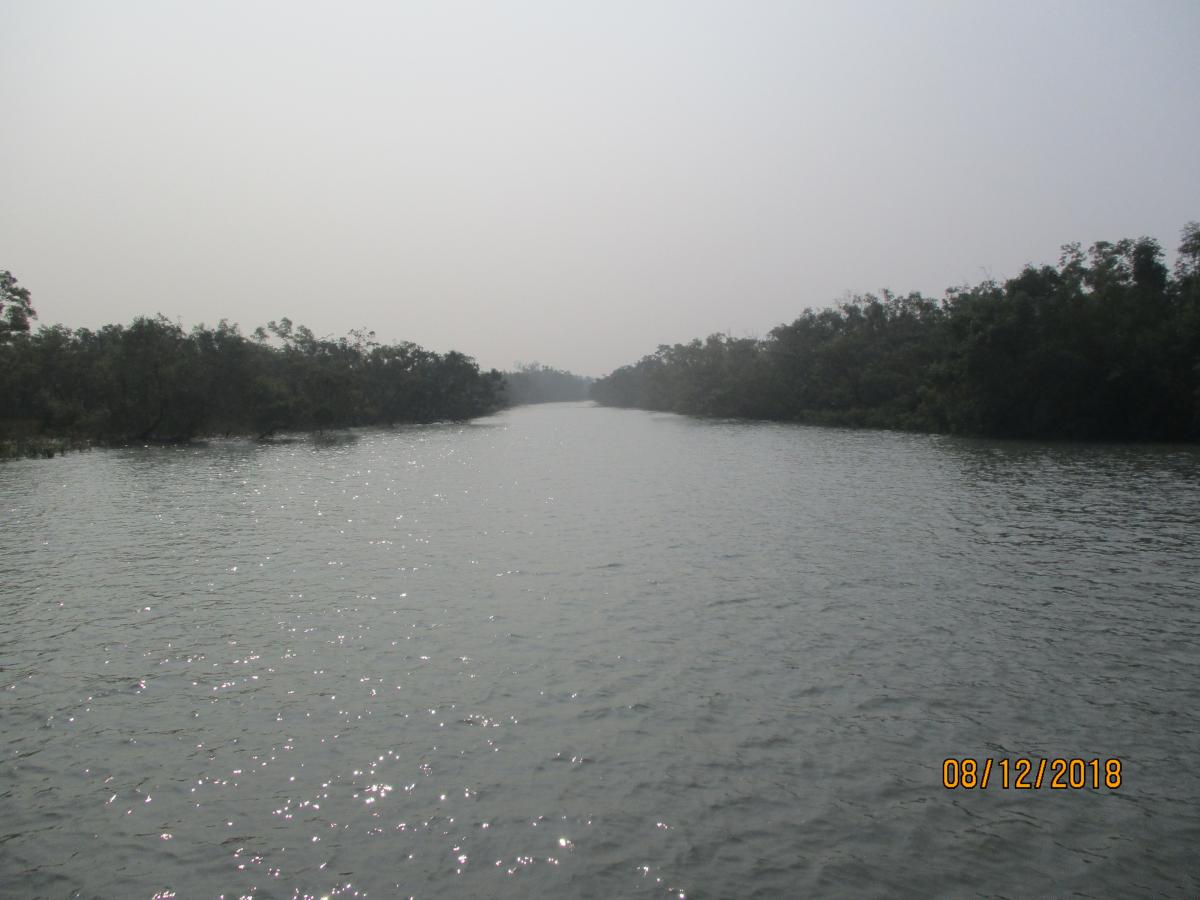Roundtable on forest landscape restoration and assessing restoration opportunities by IUCN and GB Pant Institute at New Delhi, India
IUCN, in partnership with the G.B. Pant National Institute of Himalayan Environment & Sustainable Development (GBPNIHESD), piloted the ROAM framework in the Himalayan state of Uttarakhand, in consultation with the Government of Uttarakhand. On June 15, 2018, IUCN and GBPNIHESD presented the findings of the study and the ROAM methodology to key stakeholders in the Ministry of Environment, Forest and Climate Change (MoEFCC), New Delhi to explore future strategies on how FLR can be further mainstreamed.
Forest landscape restoration (FLR) is an ongoing process of restoring ecological functionality and enhancing human well-being across degraded landscapes. There is a growing suite of tools to help countries, organisations and individuals interested in restoration to identify and map priority areas of restoration, potential restoration interventions and opportunities, perform cost-benefit analyses, navigate policy and more. One such tool developed by International Union for Conservation of Nature (IUCN) and World Resources Institute (WRI) is the Restoration Opportunities Assessment Methodology (ROAM). ROAM presents a flexible and cost-effective analytic framework for identifying restoration opportunities at national or sub-national levels. Through its participatory processes, the assessment provides a framework for a common setting of restoration goals at a landscape level that address immediate priorities, such as livelihoods. ROAM is being applied across more than thirty countries in the world.
In India, IUCN, in partnership with the G.B. Pant National Institute of Himalayan Environment & Sustainable Development (GBPNIHESD), piloted the ROAM framework in the Himalayan state of Uttarakhand, in consultation with the Government of Uttarakhand. The successful implementation of this pilot study is likely to provide the Governments at the Centre and the state a possible way forward to accelerate the process of landscape restoration in order to meet the pledged targets under Bonn Challenge, as well as the other national targets such as Nationally Determined Contribution (NDC), National Biodiversity targets (NBTs), Sustainable Development Goals (SDGs) etc. As a representative of Himalayan States, the results and recommendations from Uttarakhand could be applicable across the other Himalayan States as well. The key findings from the ROAM study were validated through a ROAM Validation Workshop in the state capital of Dehradun on March 8, 2018, the details of which can be found here.
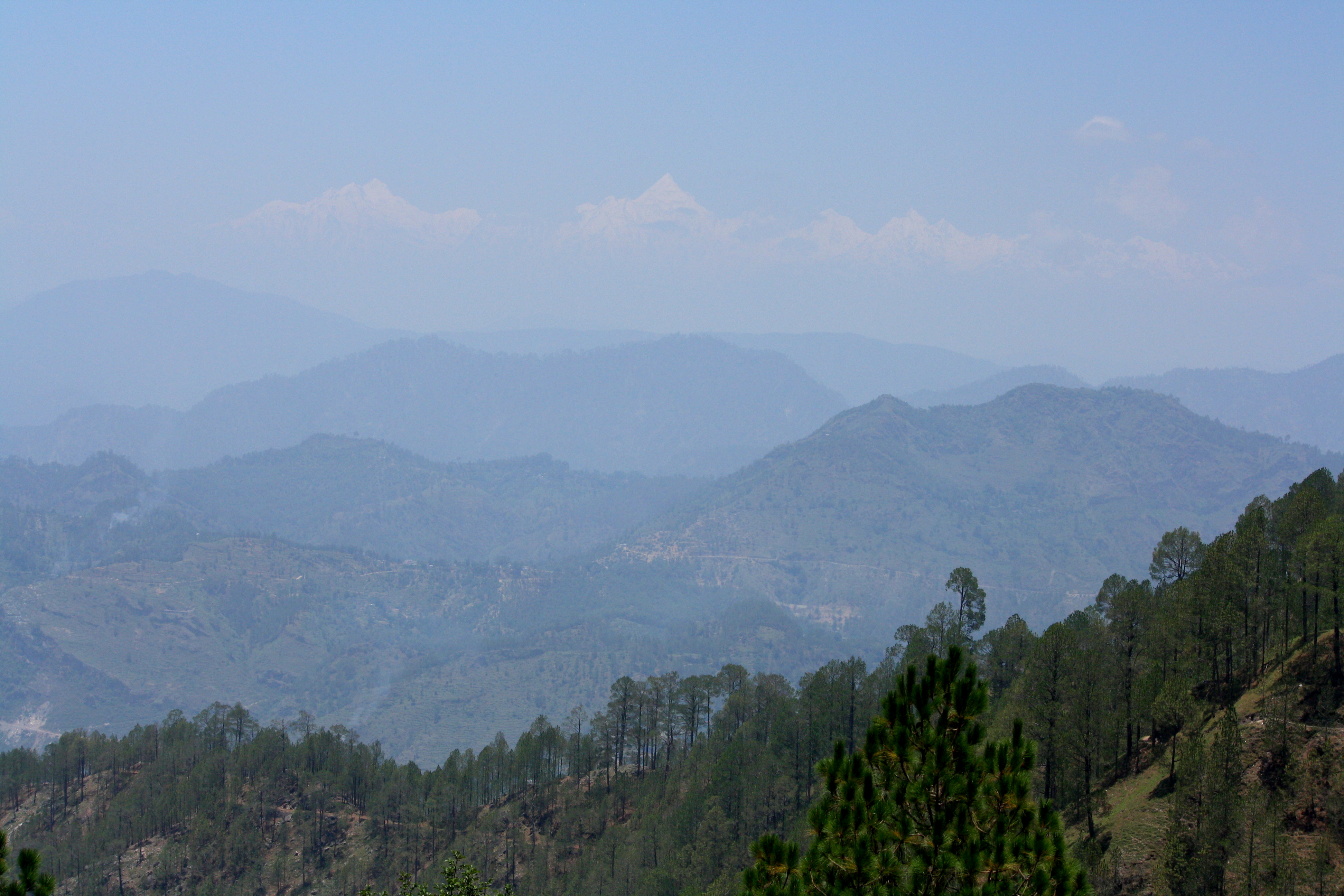 Photo: IUCN\ Anushree Bhattacharjee
Photo: IUCN\ Anushree Bhattacharjee
On June 15, 2018, IUCN and GBPNIHESD presented the findings of the study and the ROAM methodology to key stakeholders in the Ministry of Environment, Forest and Climate Change (MoEFCC), New Delhi to explore future strategies on how FLR can be further mainstreamed. The roundtable was organised under the Chairmanship of the Director General of Forests and Special Secretary (DGF&SS), MoEFCC, Shri Siddhanta Das.
Mr. P.R. Sinha, Country Representative, IUCN-India, introduced the concept of forest landscape restoration briefly and discussed the ROAM framework. He mentioned that IUCN had been piloting this methodology to assess opportunities for restoration in the state of Uttarakhand since the last one year in partnership with GBPNIHESD. Thereafter, Mr. Siddhanta Das, DGF&SS, MoEFCC was invited to make the inaugural address. Mr. Das spoke about the significant paradigm shift on forest management policies of India since the Paris agreement. He mentioned that the focus has now shifted from area based management toward landscape-level management and restoration, and highlighted the importance of involving people in the management of such landscapes. He hoped that the findings of the IUCN-GBPNIHESD study would reveal a good strategy and way forward for the region.
This was followed by the presentation of the ROAM study in Uttarakhand by Ms. Anushree Bhattacharjee, Programme Officer – FLR, IUCN India on behalf of the IUCN-GBPNIHESD team. She gave a brief background to Bonn Challenge, and mentioned that IUCN in partnership with MoEFCC had produced a joint publication on “Bonn Challenge and India: Progress on restoration efforts across states and landscapes” which could be accessed here. She then introduced the ROAM study that was conducted in the state of Uttarakhand with intensive study sites being the two districts of Pithoragarh and Garhwal (popularly known as Pauri Garhwal). She presented the final FLR opportunity maps that were prepared for the state as well as the two districts, and discussed the recommended FLR actions before opening up the floor for open discussion.
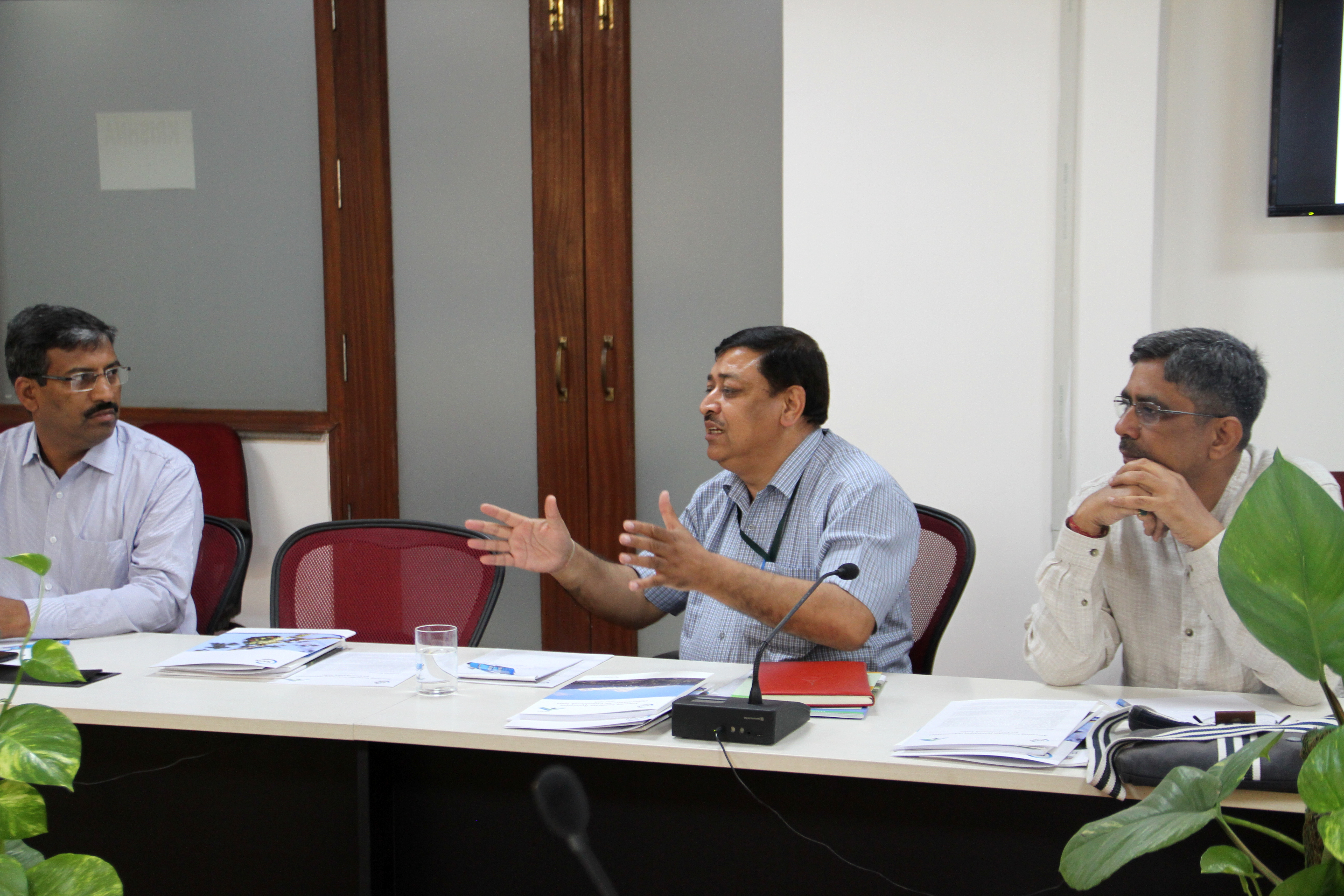 Photo: IUCN
Photo: IUCN
Dr. R.S. Rawal, Director, GBPNIHESD and Dr. Subrat Sharma, Scientist, GBPNIHESD answered the various queries from the stakeholders and clarified various issues. Dr. Rawal stressed that Uttarakhand was a good representative of the Himalayan state, and the key findings from the ROAM study could be replicated across the other Himalayan states as well. GBNIHESD as the nodal Himalayan agency for the Government of India were well positioned to take this work forward. Finally, he thanked everyone for their critical comments and feedback and hoped that the support to mainstream the ROAM and FLR findings would be forthcoming from MoEFCC.
For more information on 'Forest Ecosystem Rehabilitation for Integrated Mitigation and Adaptation Strategies' project, click here.
